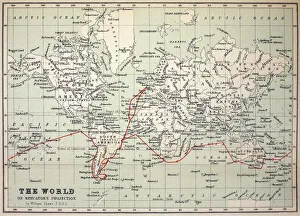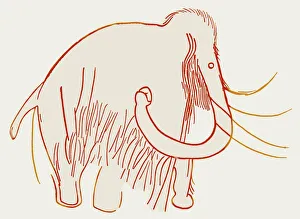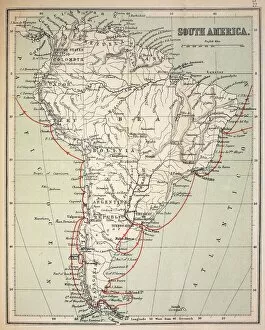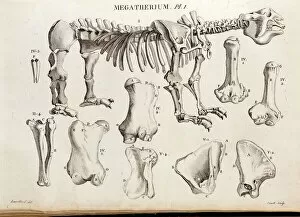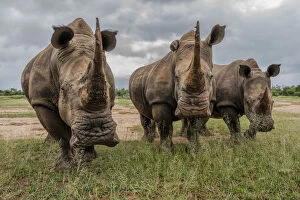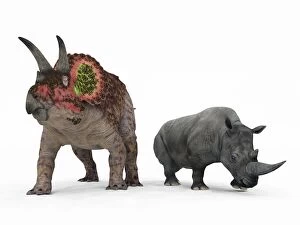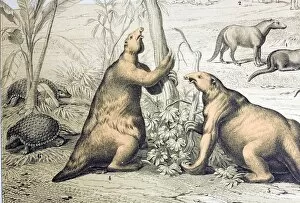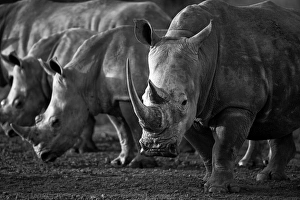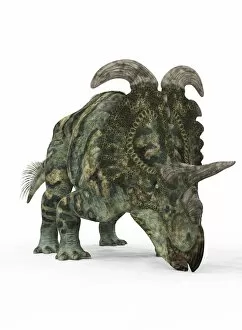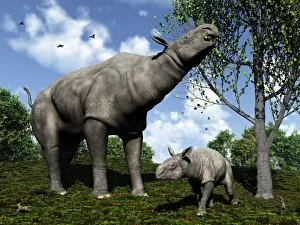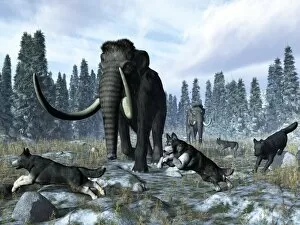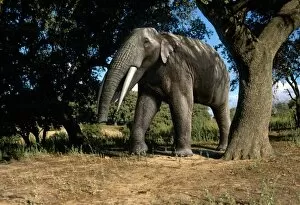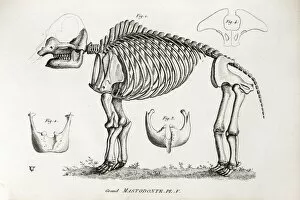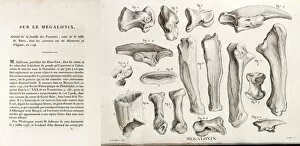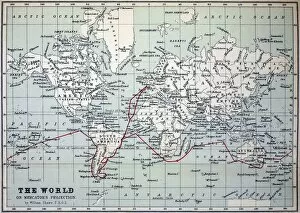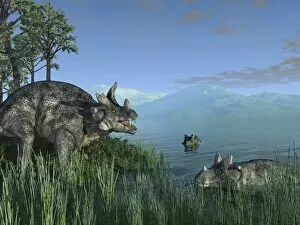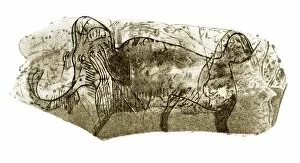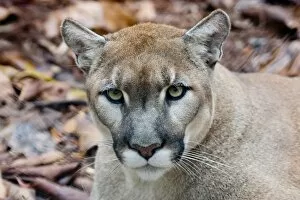Mega Fauna Collection
"Mega Fauna: Exploring the Ancient Giants of Our World" Embark on a journey through time and space as we delve into the fascinating realm of mega fauna
All Professionally Made to Order for Quick Shipping
"Mega Fauna: Exploring the Ancient Giants of Our World" Embark on a journey through time and space as we delve into the fascinating realm of mega fauna. Inspired by Charles Darwin's legendary voyage aboard the HMS Beagle, let us trace his footsteps across South America, where he encountered remarkable creatures that once roamed our planet. As we navigate through this captivating narrative, imagine yourself standing before a cave painting depicting an awe-inspiring mammoth. These ancient artworks serve as windows to a forgotten era when these majestic beasts ruled the land. Darwin's meticulously drawn map of South America guides us further into the depths of prehistory. Here, we encounter astonishing artwork showcasing the immense size and power of creatures like the prehistoric giant wombat – a true testament to nature's boundless creativity. Turning our attention towards Africa, specifically Southern Africa and Swaziland, we witness the mighty black rhinoceros in its natural habitat within Hlane Royal National Park. This magnificent creature symbolizes both strength and resilience in face of adversity. The White Rhinoceros or Square-lipped rhinoceros emerges next on our exploration list. Its presence reminds us of Africa's rich biodiversity and highlights conservation efforts aimed at protecting these endangered species from extinction. Venturing beyond continents, we find ourselves amidst North American landscapes where cougars reign supreme. Known by various names such as mountain lion or Florida panther, Puma concolor boasts one of the widest distributions among large terrestrial mammals today. Our expedition takes an African turn once again as we encounter another colossal being -the African elephant- roaming freely within Kruger National Park in South Africa. Witnessing their gentle yet imposing presence leaves an indelible mark on our souls. Delving deeper into history, we uncover groundbreaking research conducted in Siberia back in 1902 regarding mammoths – those enigmatic giants that have long captivated human imagination with their sheer magnitude.

